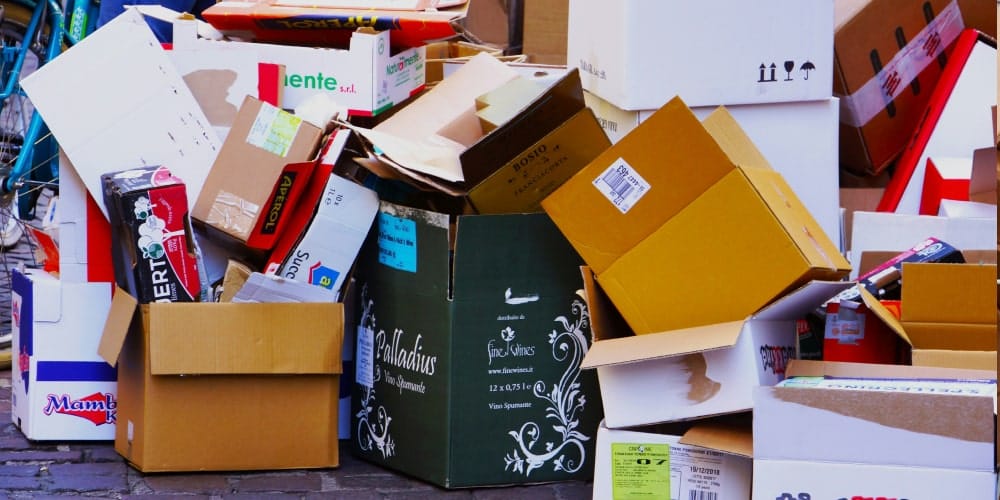Though packaging is crucial to a business' branding, it can be a major source of waste when overdone, often leading to detrimental impacts. Packaging waste can hide in plain sight as unused stock, damaged materials, oversized boxes, or simply poor recyclability.
As brands increasingly commit to finding more sustainable packaging solutions, understanding where waste happens and how to prevent it is key to building a more efficient and responsible packaging system. Beyond sustainability, packaging waste also has real, tangible business impacts, such as:
- Higher material and printing costs from over-ordering
- Lost storage space taken up by outdated or excess packaging
- Increased shipping fees due to oversized or overweight boxes
- Damaged brand reputation when customers receive dented, wasteful, or confusing packaging
- Product loss and returns when packaging fails to protect what’s inside
Reducing packaging waste isn’t just good for the planet, but it can also operationally improve your business.
1. Over-Ordering
With economies of scale, ordering in bulk is often encouraged to bring down per-unit costs. But for growing or evolving brands, this can easily backfire with large quantities of packaging sitting unused, especially if product lines evolve, branding changes, or SKUs are discontinued.
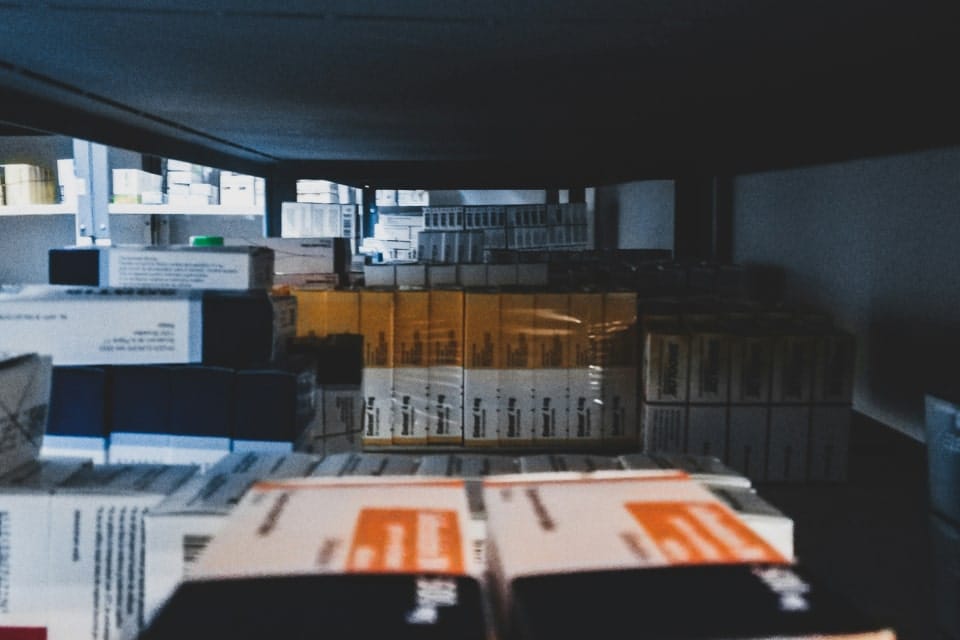
Over-ordering can often result in inventory that never gets used. These materials, therefore, degrade and fade over long periods of time and represent a large amount of cash flow that is tied up in packaging that is not invested into the business for effective ROI.
To avoid over-ordering, consider:
- Forecasting based on realistic timelines (e.g. 3–6 months of inventory, not 12+)
- Using flexible designs that allow you to consolidate designs across SKUs or product variations
- Choosing suppliers that offer low MOQs so you can order only what you need
At PackMojo, we support small-to-mid batch production so brands can test new designs or scale gradually without overcommitting.
2. Storage Damage
Even perfectly printed boxes can become unusable if they’re stored improperly. Packaging boxes can be vulnerable to moisture, temperature changes, and stacking pressures that can result in structural and visual damage to the packaging. This kind of waste often goes unnoticed until a customer receives damaged packaging or you open a pallet and find it ruined.
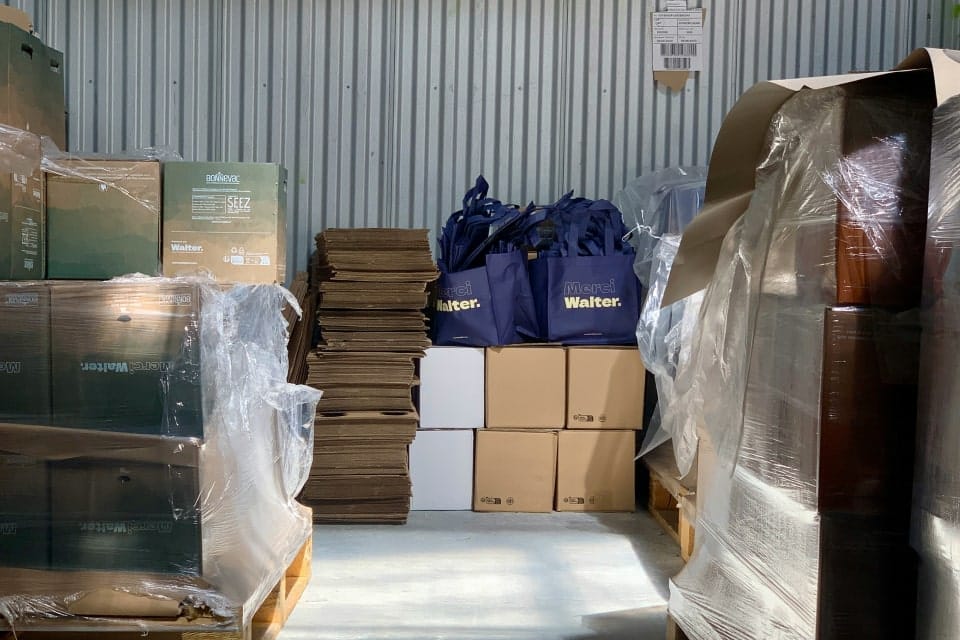
To avoid storage damage, consider:
- Store packaging in dry, temperature-stable environments
- Use pallets, shelving, or racking systems to keep boxes off the floor
- Invest in flat-packed or stackable packaging, such as collapsible magnetic rigid boxes, to reduce pressure damage and maximize warehouse space
- Rotate your stock to ensure older packaging gets used first
3. Overspecialized Designs
Excessive customization can become a liability. If you create highly specific packaging for every SKU, product variant, or campaign, you’re increasing the risk of overproduction. If you stop selling a product or rebrand it, all that leftover packaging becomes waste.
Overspecialized designs can make it difficult to repurpose leftover stock, increase storage complexity and costs, and generate more waste when SKUs are discontinued or updated.
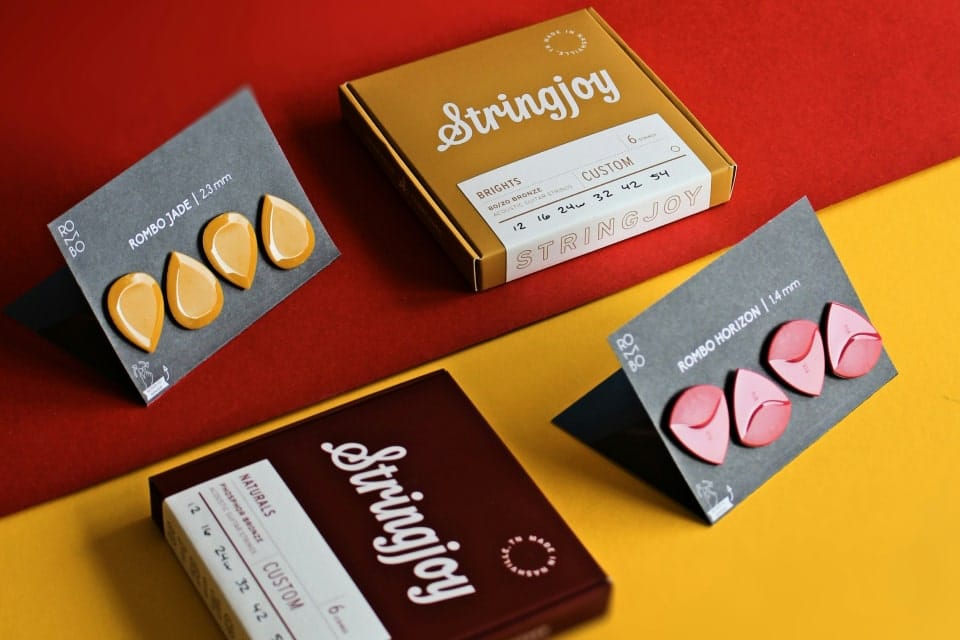
To avoid overspecialized designs, consider:
- Using universal packaging formats that can be used across product lines with interchangeable inserts or sleeves
- Avoid printing variable data (e.g., product name or batch number) directly on boxes and use stickers or labels instead
- Designing for flexibility so packaging can accommodate future use cases or seasonal transitions
4. Excessive Materials
Whilst premium packaging can be used to elevate your brand, going overboard with materials can have the opposite effect. Not only can it generate more costs for your business, but it can also result in negative brand perception from eco-conscious consumers
Using too many layers of packaging, such as overly padded boxes, decorative sleeves, plastic trays, or even unnecessary void fill, can frustrate customers and cost more to produce and ship. Not only does this generate more waste, but it can also increase your shipping costs due to higher dimensional weight.

To avoid excessive materials, consider:
- Right-sizing your packaging so it fits the product snugly, reducing the need for fillers
- Using structural design to eliminate the need for filler (e.g., custom inserts instead of packing peanuts)
- Exploring mono-material designs that reduce complexity and improve recyclability
- Emphasizing minimalist designs that reflect sustainability without sacrificing style
5. End-of-Life Waste
Even if you use compostable or recyclable materials, your efforts can fall flat if customers don’t know how to properly dispose of them. Lack of disposal instructions leads to wishcycling (putting non-recyclables in the recycling bin) or landfilling packaging that could have had another life.
Using clear communication on your packaging can result in a higher likelihood that your sustainable choices actually work as intended.
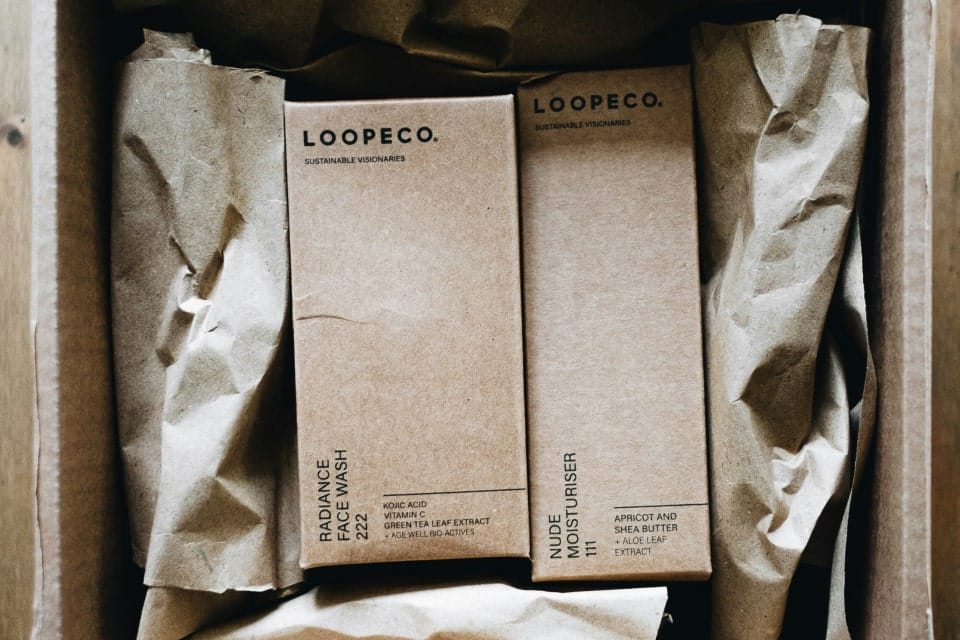
To reduce end-of-life waste, consider:
- Include clear disposal instructions directly on the packaging or via QR codes
- Choose materials that are widely recyclable or compostable in your target markets
- Keep materials simple and easy to separate, like using paper-only designs instead of mixed plastics and foils
Final Thoughts
Packaging waste isn’t always obvious, but its impact can quickly add up across your supply chain, your budget, and your customer experience. Aiming to design smarter, store better, and think more holistically about your packaging's lifecycle can reduce waste and allow you to build a more sustainable packaging system that scales with your brand. Start by:
- Tracking how much packaging is overstocked, damaged, or discarded
- Identifying which SKUs create the most inefficiencies
- Reviewing customer feedback to gain user feedback on excessive packaging or confusing disposal procedures
Explore sustainable packaging solutions with PackMojo to reduce packaging waste without compromising quality or customizability.
